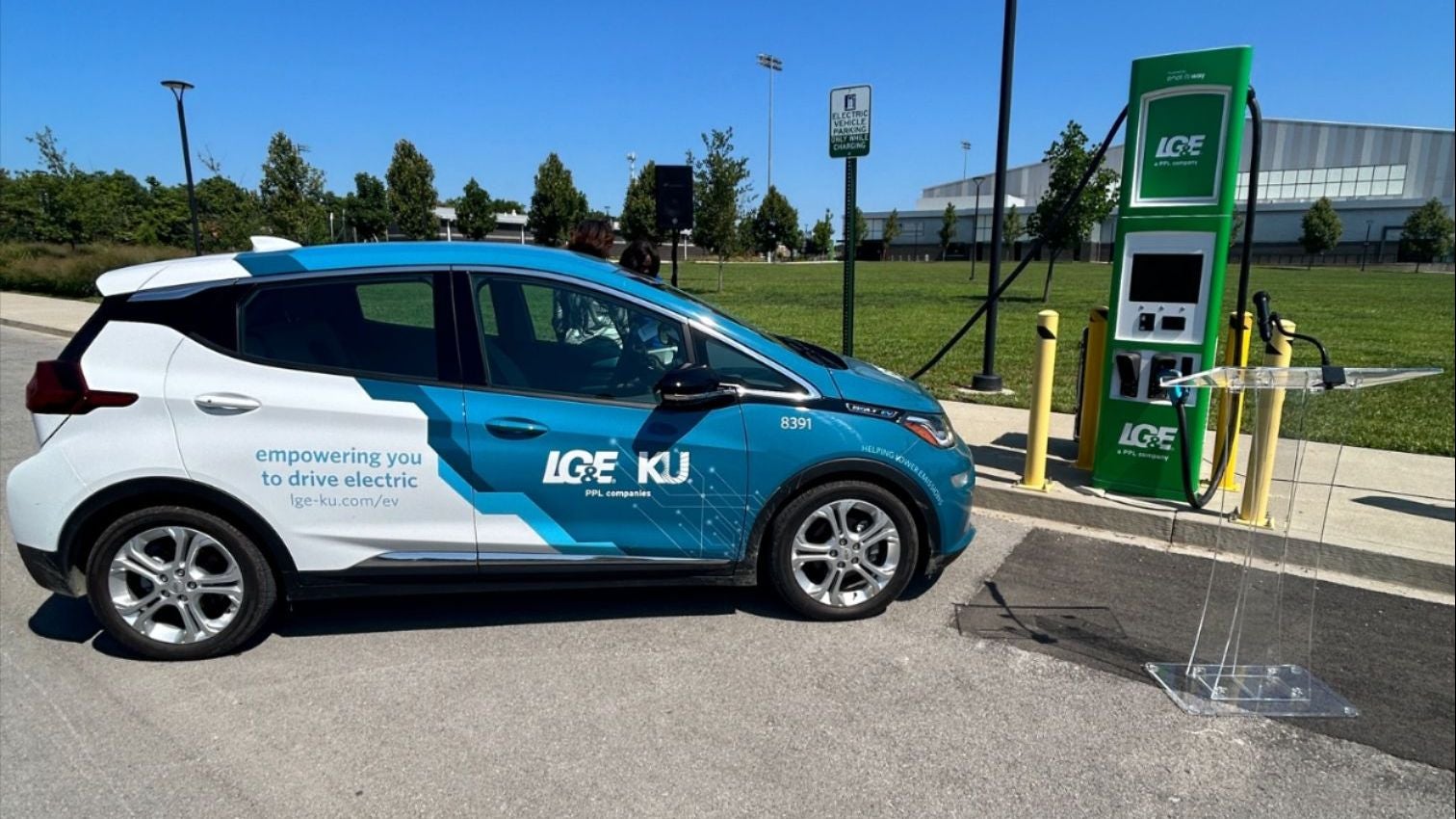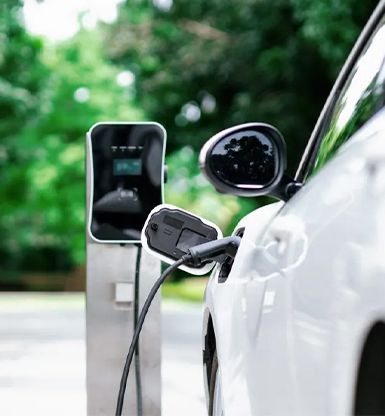Top EV Charging News: Trick Updates on Infrastructure and Technology

Current Innovations in Fast-Charging Modern Technology

Additionally, advancements in battery innovation, consisting of improved thermal administration systems and greater energy thickness batteries, complement fast-charging abilities. These growths reduce the threat of battery destruction during quick charging, making sure long life and performance for EV owners.
In addition, the assimilation of wise billing solutions is improving customer experience, enabling real-time tracking and dynamic rates versions. EV Charging news. This flexibility enables chauffeurs to enhance billing costs and times based on grid demand
As automakers proceed to buy fast-charging networks, the collaboration between market stakeholders is crucial. Partnerships between billing terminal companies and auto manufacturers are leading the way for extensive protection, eventually fostering a more robust EV ecological community. These improvements are crucial in sustaining the transition to sustainable transport.
Federal Government Efforts for Charging Development
Federal government campaigns play a crucial role in the growth of electric vehicle (EV) billing framework, promoting the change to lasting transportation. Different government and state programs are being carried out to improve charging accessibility, reduce the economic problem on customers, and advertise the adoption of electric lorries.
Especially, the U.S. government has actually alloted substantial funding through the Framework Investment and Jobs Act, which earmarks $7.5 billion for EV billing network development across the country. This financing is targeted at releasing countless brand-new charging stations, particularly in underserved locations, thus addressing variety anxiety amongst potential EV customers.
Furthermore, numerous states are establishing legislation to simplify the allowing process for billing station installments, which is vital for accelerating release. Incentives such as tax obligation credit ratings and discounts for both consumers and services are also being presented to encourage the setup of billing facilities.
In addition, public-private partnerships are significantly becoming a focus, leveraging exclusive investment to match federal government funding. These campaigns underscore a collective strategy important for constructing a comprehensive and effective EV charging network, eventually adding to a greener and more sustainable future.
Ingenious Battery Solutions Enhancing Performance
Transforming the landscape of electrical lorry (EV) technology, innovative battery services are dramatically enhancing efficiency and efficiency. Breakthroughs in battery chemistry, specifically with lithium-sulfur and solid-state batteries, are leading to enhanced energy density, which enables longer varieties and faster billing times. These brand-new battery kinds have the potential to exceed traditional lithium-ion batteries by using higher capacities while lowering weight, thus improving general lorry effectiveness.
Moreover, developments in battery management systems (BMS) are optimizing power use and expanding battery life-span. Smart algorithms keep directory track of battery health and wellness and performance, enabling real-time adjustments to billing and discharging procedures. This not just improves the effectiveness of the battery click site but also ensures an extra reliable and lasting energy source for EVs.
Furthermore, the assimilation of recycling innovations is dealing with the environmental impact of battery production and disposal. Innovations in second-life applications for EV batteries are promoting their use in energy storage space systems, adding to a round economic situation.
As these ingenious battery services proceed to progress, they promise to change the EV market, making electric vehicles a lot more enticing and available to a broader target market while supporting worldwide sustainability goals.

Cooperation In Between Automakers and Billing Networks
Identifying the crucial need for a robust charging infrastructure, automakers are increasingly working together with charging network suppliers to boost the EV possession experience (EV Charging news). These collaborations intend to develop a smooth billing environment that profits consumers and supports the transition to electric cars
Major automobile brands are signing up with pressures with well established charging networks to broaden their charging station protection, making sure motorists have access to trustworthy and practical charging alternatives. As an example, partnerships with networks like ChargePoint and Electrify America permit automakers to integrate billing options directly into their lorries' navigation systems, assisting users to the nearest terminals and providing real-time accessibility updates.
Additionally, these collaborations often lead to the advancement of fast-charging technologies that dramatically decrease the moment needed to charge an EV. By merging resources and proficiency, car manufacturers and charging networks can introduce faster, producing solutions that satisfy the expanding demand for electric wheelchair.
On top of that, joint efforts might also cause even more standardized charging methods, which can reduce consumer complication and advertise broader EV adoption. Generally, these strategic alliances are critical in constructing a user-friendly and effective billing framework that meets the needs of a broadening electrical vehicle market.
Difficulties Dealing With EV Billing Infrastructure
As the electrical vehicle market continues to grow, click over here now a number of challenges are emerging that prevent the growth of a comprehensive charging infrastructure. One of the primary obstacles is the not enough variety of billing terminals, specifically in country and underserved city locations. This void develops range anxiety among potential EV buyers, discouraging them from making the switch.
Additionally, the lack of standardization accountable technology complicates the infrastructure landscape. Variations in plug kinds and billing rates can produce confusion for individuals and increase functional intricacies for charging network operators. Furthermore, the integration of billing terminals into existing electrical grids postures substantial obstacles. Many areas encounter capability limitations, calling for significant investments in grid upgrades to fit enhanced need.
One more pushing problem is the high cost connected with the installation and upkeep of charging terminals, which can be a barrier for both public entities and exclusive companies. Finally, regulative hurdles and zoning limitations can delay the implementation of billing framework, hampering progress in broadening important solutions. Addressing these difficulties will certainly be crucial for promoting a durable EV community that sustains the change to sustainable transportation.
Conclusion
Finally, the recurring innovations in EV charging technology, supported by significant government efforts and ingenious battery options, are critical for the development and performance of electrical lorry framework. Cooperations in between car manufacturers and billing providers further enhance station coverage, addressing the expanding need for accessible billing alternatives. Regardless of obstacles that linger within the EV billing landscape, these growths indicate a favorable trajectory in the direction of a much more sustainable and efficient electrical automobile environment.
Technologies in billing framework have actually led to the advancement of ultra-fast chargers qualified of supplying up to 350 kW of power, dramatically lowering billing times. Variants in plug types and charging rates can produce confusion for customers and boost operational intricacies for charging network operators.In verdict, the continuous developments in EV billing innovation, supported by substantial federal government campaigns and innovative battery remedies, are critical for the growth and efficiency of electrical vehicle framework. Collaborations in between automakers and billing companies further boost station insurance coverage, addressing the expanding demand for obtainable charging choices. Despite difficulties that linger within the EV charging landscape, these growths symbolize a positive trajectory in the direction of a more reliable and sustainable electrical vehicle ecosystem.